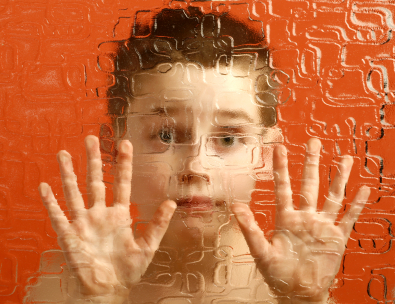Module 6: Targeting Autism in Libraries
Welcome to Project ENABLE Training
Initial Assessment
Module 1: Disability Awareness
Module 2: Disability Law & Policy
Module 3: Creating an Accessible Library
Module 4: Planning Inclusive Programs and Instruction
Module 5: Assistive Technology in Libraries
Module 6: Targeting Autism in Libraries
Final Assessment
Training Resources
Topic 1: What is Autism?
Topic 1: What is Autism?
Introductory activity
Before we begin, take a moment to think about what, if anything, you already know about autism and Autism Spectrum Disorder (ASD). What do you think causes autism? What would you estimate is the percentage of people who visit your library who have autism?Introduction
There is a lot of misunderstanding and misinformation about what autism is and what causes it. All of this available information, both good and bad, can paint a very confusing picture of a complex disorder. This topic will explain:
- What autism is;
- How many people are estimated to have ASD in the U.S.;
- What we know about the role of genetic and environmental factors in ASD; and
- What does not cause ASD.
Learning Objectives
After completing this mini-module, learners will be able to:
- Identify the characteristics of ASD that make it a spectrum disorder;
- Distinguish characteristics of neurodevelopmental disorders and name three other neurodevelopmental disorders or types of neurodevelopmental disorders;
- Identify the prevalence of ASD in the United States;
- Describe the role of genetics and some commonly accepted genetic factors that increase the risk for an autism diagnosis;
- Determine the role of and some commonly accepted environmental factors that increase the risk for an autism diagnosis; and
- Explain why vaccines and bad parenting do not cause autism.

